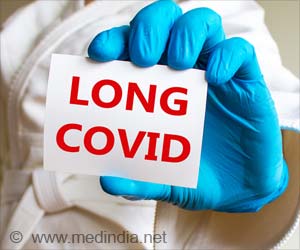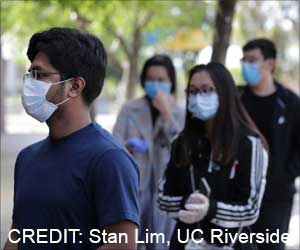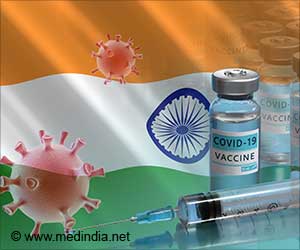Saliva test for COVID-19 could be an alternative to a nasal swab. The method was validated by the institute and had been proven to be highly accurate.

‘Saliva testing has been trialed in various labs around the world. While the nasal swab remains the gold standard of COVID-19 testing, this could be an excellent alternative in some settings.’
Read More..




The first phase of the pilot, a partnership between the Victorian government and the Melbourne-based Peter Doherty Institute for Infection and Immunity, is currently being rolled out across three police stations in Bendigo, Dandenong and Melbourne, which will see 1,000 police officers tested over a two week period.Read More..
According to a statement from the institute on Friday, using saliva to test for COVID-19 could be an alternative to a nasal swab. The method was validated by the institute and had been proven to be highly accurate.
The researchers will use different methods to collect saliva, including mouth to container, swab under the tongue and mouth to straw to tube, and find out the most effective and comfortable way to mass test in a workplace setting.
Deputy Director of the Peter Doherty Institute for Infection and Immunity, Mike Catton, who is also leading the pilot at the institute, said he is optimistic the program will provide a clear picture of whether this approach is a feasible solution in higher-risk settings.
"Saliva testing has been trialed in the Doherty Institute public health laboratories and in labs around the world. While the nasal swab remains the gold standard of Covid-19 testing, this could be an excellent alternative in some settings," Catton said.
Advertisement
The next phase of the pilot program will be to test a greater number of workers in other higher-risk settings over coming weeks.
Advertisement
Source-IANS












